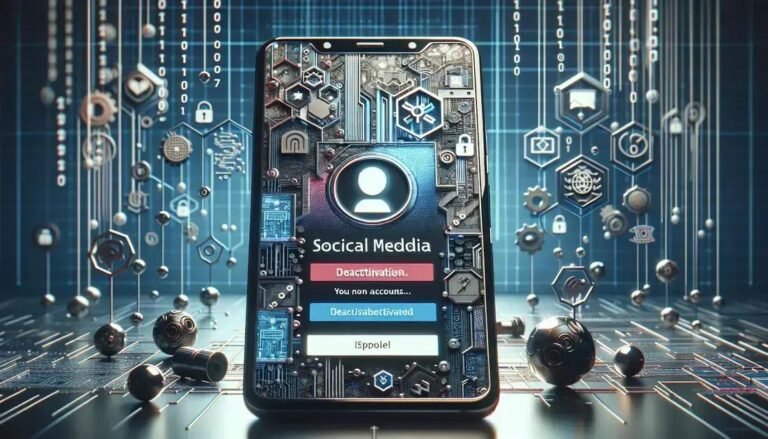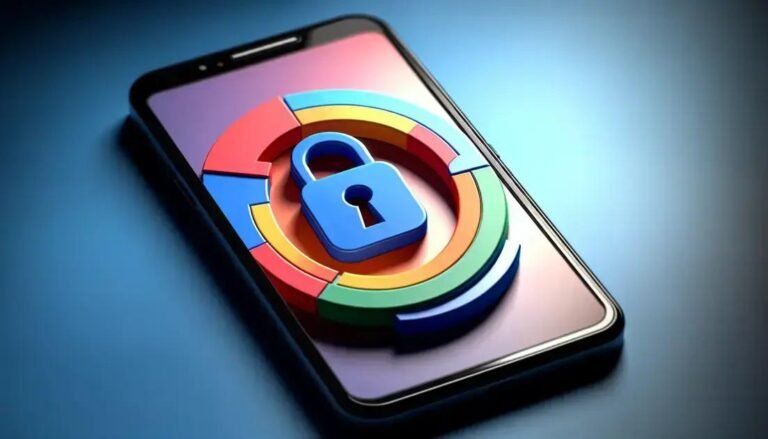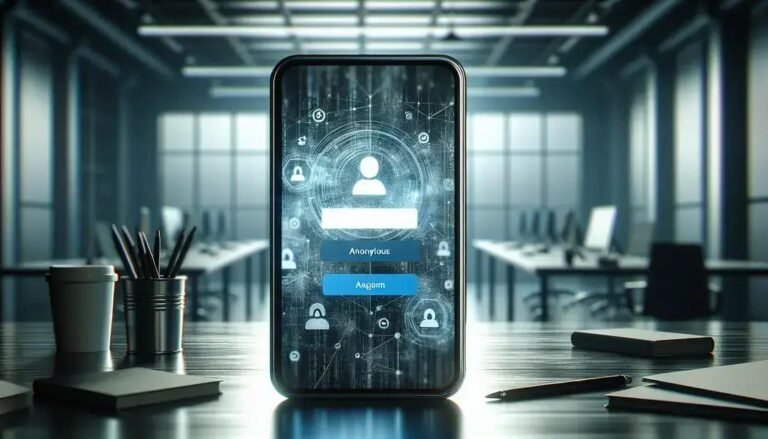Deleted Email or Lost Account? Here’s How to Get It Back
Ever wondered what happens to a deleted email? Is it really gone, or does it linger somewhere in the digital ether? Let’s dive into the mysterious fate of emails we think we’ve banished forever. This journey is surprisingly captivating, offering insight into a seemingly mundane action with implications for data management. Curious?
You might be surprised at how deleting an email isn’t as straightforward as it seems. Do they truly vanish, or do they simply get relocated to another digital realm? The nature of digital deletion is a paradox that affects both tech-savvy individuals and those less inclined.
Let’s explore how a deleted email impacts our daily digital lives and what steps you can take to manage your digital footprints better. This journey promises to be eye-opening!
How Email Deletion Works
Understanding how email deletion works can demystify what happens behind your screen when you click delete. Emails aren’t always instantly gone; they’re often moved to a ‘trash’ folder first, offering a safety net in case of accidental deletion.
The Deletion Path
When you delete an email, it typically moves to a ‘trash’ or ‘deleted items’ folder. This gives you a chance to recover the message if it was deleted by mistake. How long it stays there depends on your email settings, but most services keep emails for 30 days before permanent deletion.
Permanent Deletion
Once the retention period is over, emails are permanently deleted and removed from the server. At this point, recovery is far more challenging and often impossible without advanced tools or support from the email service provider.
Why Emails Are Not Instantly Erased
Emails are not immediately erased to avoid data loss and help users manage their communications better. The gradual deletion process ensures a buffer period during which important, wrongly deleted emails can be recovered.
- Emails move first to a ‘trash’ folder.
- They remain there for a predetermined period.
- Afterward, they are permanently deleted.
This process is crucial for preventing the permanent loss of important information and is often configurable according to user preferences.
Common Reasons For Email Disappearing
Emails can disappear from your inbox for several reasons, and identifying these can help prevent future issues. Understanding these factors ensures better email management and avoids unnecessary data loss.
Email Filters and Rules
Email filters are designed to automatically sort incoming emails. Sometimes, emails get moved to unexpected folders due to misconfigured filters or rules. Check your email settings regularly to ensure they’re correct and up-to-date.
Spam Folders
Many email services automatically send suspected spam to a separate folder. If legitimate emails end up here, it’s essential to mark them as ‘Not Spam’ to ensure they appear in your main inbox in the future. Regularly review your spam folder for any mistakenly filtered messages.
Accidental Deletion
Deleting emails by mistake is common, especially when managing large volumes of messages. They generally move to a ‘trash’ folder, where they can be restored if caught in time. Always double-check before confirming deletions to avoid losing important information.
Synchronization Errors
If using multiple devices to check emails, synchronization errors may cause messages to appear missing. Ensure your devices are configured correctly and use the same settings. This helps keep your email consistent across all platforms.
Can You Recover Deleted Emails?
Wondering if you can recover a deleted email? Fortunately, there’s hope. Many email services offer features that allow users to retrieve deleted messages, particularly if they’re still in the trash folder. Acting quickly is crucial for the best chance of recovery.
The Trash Folder
When an email is deleted, it usually moves to the trash folder. This serves as a temporary storage for emails you think you no longer need. Most services keep these emails for around 30 days. Within this window, recovering a message is often as simple as moving it back to your inbox. Be sure to check your settings, as they can change the retention duration.
Beyond the Trash
What if emails are no longer in the trash? Some services offer tools or customer support to help retrieve permanently deleted emails. These may include recovery options if you’ve recently emptied your trash. Keep in mind, recovery isn’t guaranteed and the chances diminish over time.
Third-Party Tools
In cases where built-in recovery options aren’t available, third-party software might be able to help. These tools scan your digital devices for traces of deleted emails. Always use reputable software and remember recovery is not always certain, especially if overwriting has occurred.
- Check the trash for recently deleted emails.
- Know your service’s retention policies.
- Contact customer support for additional help.
- Consider third-party tools as a last resort.
Preventing Future Email Loss
Preventing future email loss requires adopting a few smart practices to keep your inbox safe. Protecting your emails not only saves time but also avoids the stress of losing important messages.
Regular Backups
One of the most effective ways to prevent email loss is to perform regular backups. Use cloud-based services or backup software to save copies of your emails. Schedule these backups periodically to ensure all your data is secure.
Organize With Folders and Labels
Organizing your emails into folders and labeling them helps in managing large volumes of messages. It makes finding important emails easier, reducing the chances of accidental deletions. Keep your inbox decluttered by archiving emails you no longer need to access regularly.
Set Up Email Filters
Email filters automatically categorize incoming messages, directing them into specific folders. By setting these filters correctly, you can reduce clutter and prevent important emails from being overlooked or mistakenly deleted. Regularly review and adjust these rules to suit your needs.
Monitor Your Spam and Trash
Check your spam and trash folders periodically. Sometimes, legitimate emails might end up in these folders due to incorrect spam detection. By reviewing these folders, you can retrieve messages before they are permanently deleted.
- Back up emails regularly.
- Use folders and labels for organization.
- Set up and adjust filters with care.
- Review spam and trash folders often.
FAQ – Common Questions About Deleted Email and Data Management
What happens to an email when it is deleted?
When an email is deleted, it usually moves to a ‘trash’ or ‘deleted items’ folder, where it can be restored for a limited time before being permanently deleted.
Can I recover an email that has been permanently deleted?
Sometimes, yes. Options might include using third-party recovery tools or contacting your email service provider for assistance, but recovery is not always possible.
What are email filters and how do they work?
Email filters are rules set in your email service to automatically organize incoming emails into folders. They help manage clutter by sorting emails based on criteria like sender or keywords.
How can I prevent losing important emails?
Regularly back up your emails, organize with folders and labels, set up effective filters, and monitor your spam and trash folders to prevent important emails from being lost.
Why do legitimate emails sometimes go to spam?
Emails can be flagged as spam due to overly aggressive filters or suspicious elements in the email. Regularly checking your spam folder and marking emails as ‘Not Spam’ can help avoid this issue.
How long do emails stay in the trash folder?
Most email services keep emails in the trash folder for about 30 days, allowing time for recovery before they are permanently deleted. This period can vary based on your email service’s policy.






